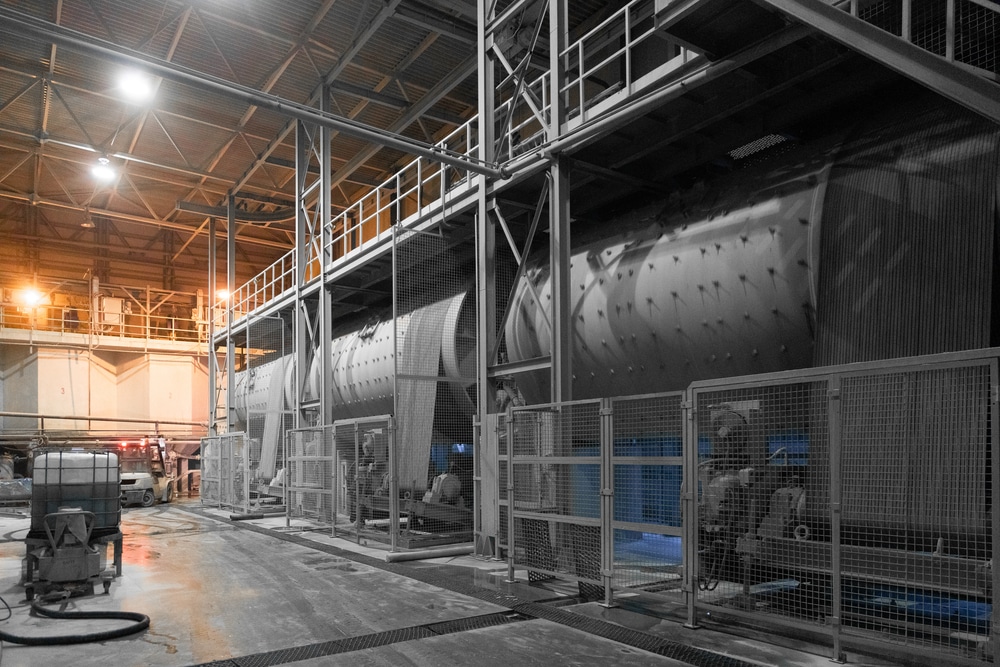Dust explosions are not only dangerous but can also severely damage an industrial site or other workplace. However, the accidents that it can create can and must be avoided. Dust suppression and avoiding dust explosions from causing destruction, injuries, or even deaths require employee awareness, the right housekeeping procedures, and the necessary BossTek equipment. To avoid potentially fatal explosions, combustible dust risks must be prevented and controlled systematically.
What is combustible dust?
Combustible dust is comprised of microscopic particles, the majority of which are invisible, and has potentially harmful effects. It is made when raw materials that burn, like wood, food, many chemicals, and light metals, are processed. Under the right conditions, the dust can explode. Many industries are impacted, and something needs to be done to stop accidents that hurt workers and damage buildings. These particles can build up on different surfaces in your work area, like roofs, ducts, dust collectors, drop ceilings, and even other tools.
How can dust explosions be avoided or controlled?
The following tips for preventing dust explosions will assist you in putting in place an effective dust suppression system and cutting-edge safety measures at your construction site.
Identify the combustible dust in your worksite
Knowing which items you are working with potentially produce combustible dust is the first step in preventing a dust explosion. Research is necessary if you’re unsure whether the dust in your site is combustible. Start by reading the Material Safety Data Sheet (MSDS) from OSHA and finding out if your large solid is combustible. Determine whether your product is an agricultural product, metal dust, carbonaceous dust, or plastic dust by consulting OSHA’s fact page on combustible dust. Finding out this information will help you choose the right equipment and use the right safety measures. Also, determine which construction processes are generating these potentially explosive substances. It is important to inform staff and outside contractors about the identified high-risk processes.
Create an inspection and prevention plan for hazardous dust
Depending on the severity of the identified risks, a combination of ignition control, dust control, and protection measures can be employed. Even though each worksite will have different dust management procedures, the basic strategy revolves around the three Cs: capture, containment, and cleaning. Only by putting in place a system for testing, inspection, and control can you confirm the efficacy of your combustible dust control process. Establishing a system for inspecting and controlling combustible dust guarantees its removal from your work site. Designated personnel or managers should examine high-risk areas for dust collection regularly. Employees will need to step up their cleaning efforts if dust levels rise to the point where it is visible on surfaces.
Train your workers
Training workers on the risks and dangers they may encounter during construction projects is an important part of establishing a safe working environment. When it comes to flammable dust, your staff and contractors must know the potential danger zones, the best ways to prevent dust explosions, and what to do in case of an emergency. Training staff before they take on new tasks is essential, so make that training a priority early on. Additionally, make sure your staff has access to a written record of the training they received in case they need to refresh their knowledge.
Each of the aforementioned safety and maintenance steps can lessen the likelihood of a dust explosion at your site. Consider getting a dust explosion suppression device that can prevent explosions to improve plant safety.
.






